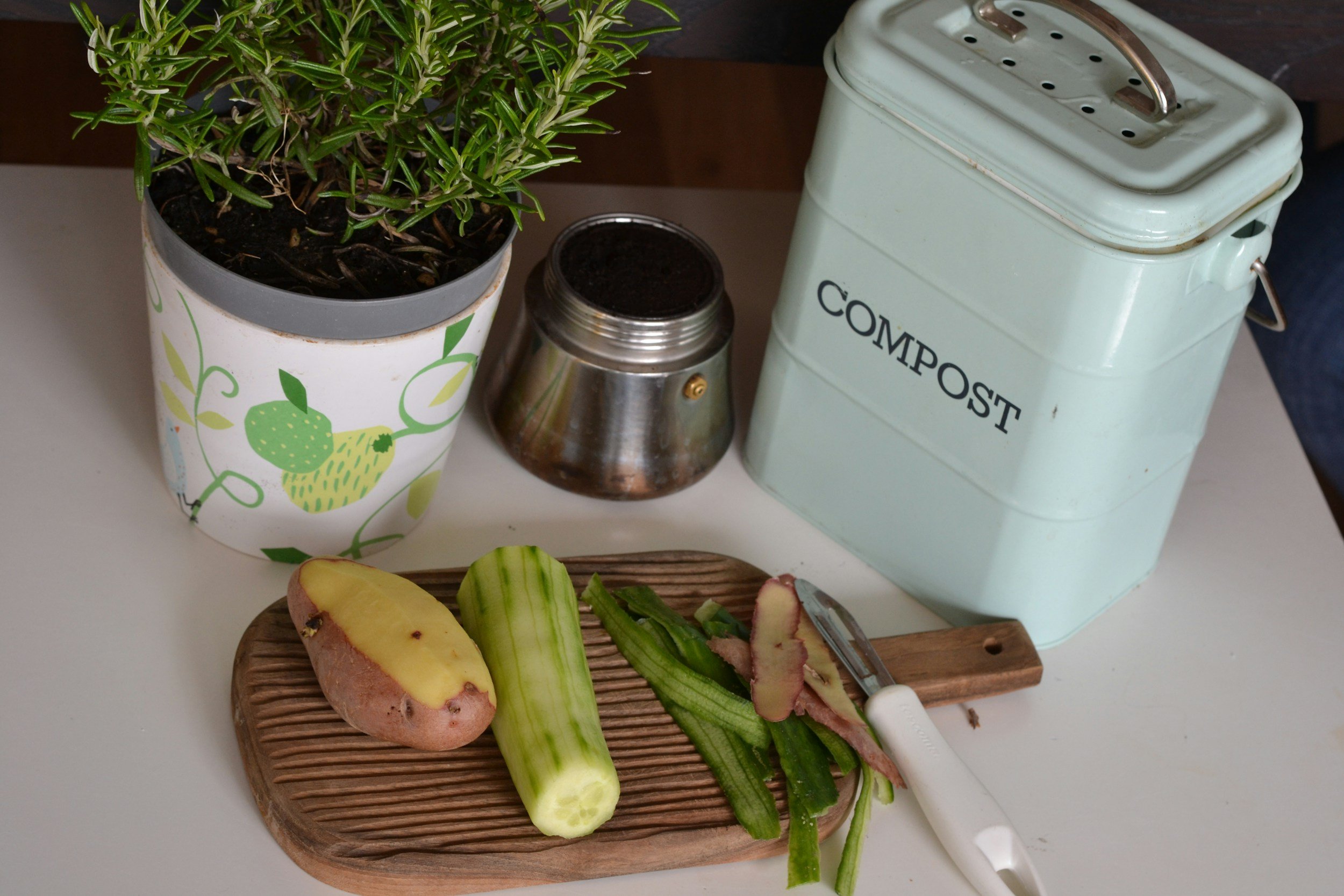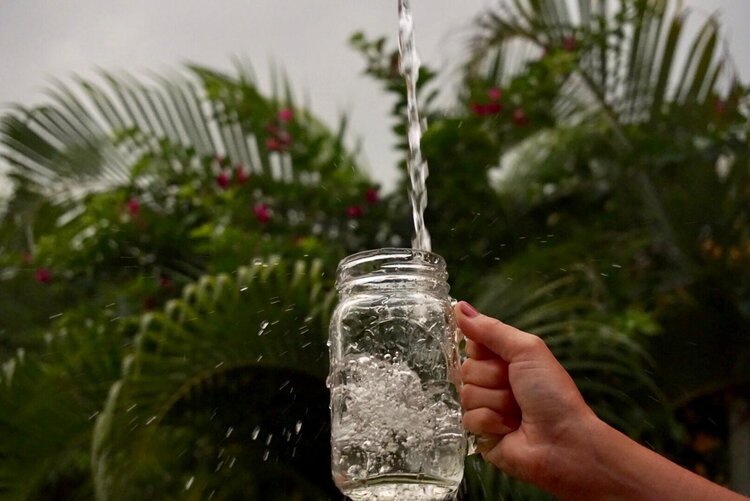Eco-friendly home hacks for everyday life
Living more sustainably doesn’t require a total overhaul, just some thoughtful shifts that align with both your home and your values. These simple actions can transform your space and daily habits into something a little greener without overwhelming your routine. You have the power to make a big difference!
Let fresh air in
The easiest way to freshen up any space is by simply opening a window. It’s an easy habit to forget, but letting natural air circulate through your home is a quiet, eco-friendly solution. If the outdoor air is still or you live in a stuffy environment, consider using herbs like eucalyptus or rosemary in a vase to gently freshen the room. These plants purify the air without relying on artificial sprays or chemicals.
Rethink laundry
When it comes to laundry, washing in cold water is a simple swap that saves both energy and the life of your clothes. Dryer sheets and fabric softeners may seem like necessities, but plant-based dryer balls do the job just as well — plus, they’re reusable and free from chemicals. For a fresh scent, add a drop or two of essential oils like lavender or eucalyptus. And instead of tumbling everything in the dryer, hang clothes to dry when you can. The ritual of air drying feels more mindful, and it cuts back on electricity use.
Compost, always
Rather than letting food scraps go to the landfill, turn them into nutrient-rich compost. It doesn’t require a huge investment or specialized equipment, just a lidded bin to collect your scraps in the kitchen and a little patience as it all breaks down. Once you have compost ready, your garden, even if it’s just a few plants by the window, will benefit from the added nutrients when you mix it into the soil. It’s a small practice that makes a big impact, nurturing the cycle of life right in your backyard or on your windowsill.
Choose secondhand furnishings
Furnishing your home with secondhand pieces brings a sense of history and character to any space, and it’s a sustainable choice that keeps perfectly good items out of the landfill. Look for well-made furniture that needs only a coat of paint or a little sanding. Older furniture tends to be sturdier and can withstand wear, especially when you care for it with intention. Plus, it’s an opportunity to find unique, one-of-a-kind pieces that make your home feel truly yours.
Use less energy
Small habits around the house add up to a big difference when it comes to reducing your energy consumption. Unplug devices you aren’t using, from toasters to phone chargers. Even when turned off, they still draw power. Instead of leaving lights on, use dimmers and energy-efficient LED bulbs that consume far less energy. In the evenings, try lighting a few soy candles to create a soft glow that doesn’t rely on electricity. These tiny changes reduce your carbon footprint while helping your home feel more intentional.
Conserve water
Water conservation is another small but powerful step toward living more sustainably. A low-flow showerhead can cut down on water usage while still giving you an enjoyable shower experience. A pitcher by the sink catches the cold water that runs before the tap heats up, which you can use to water plants or rinse vegetables later. It’s a reminder to treat water as a precious resource, not something to be taken for granted.
Buy in bulk
Opting for bulk goods instead of individually packaged items helps reduce waste and packaging. Items such as rice, beans, oats and spices can be stored in glass jars or cloth bags, cutting down on plastic packaging. Buying in bulk helps the environment and saves money in the long run. It’s a practice that allows you to purchase only what you need, eliminating excess packaging and single-use plastics from your life.
Invite greenery in
Houseplants are as purifying as they are beautiful. Start with easy-care options like pothos or snake plants, both of which thrive in most conditions. Choose pots made from reclaimed or biodegradable materials to avoid contributing to extreme plastic waste. Incorporating plants into your home feels like bringing a bit of nature inside, and they add a calming, grounding effect to any room.
Cut down on cleaning chemicals
Cleaning doesn’t need to involve harsh chemicals or disposable wipes. Kangen Water, with its strong alkaline properties, can be used as a non-toxic cleaner for everything from countertops to produce, cutting through grease and residue without the need for store-bought sprays. Store your cleaners in reusable glass bottles to minimize plastic waste, and keep your cleaning routine both simple and effective.
Extend clothing life
Instead of tossing clothes when they wear out, try mending small tears or adjusting garments to extend their life. Washing clothes less frequently and avoiding the dryer can help keep fabric from deteriorating too quickly. Look into clothing swaps with friends and donate pieces that are still in good condition but don’t suit you anymore. This shift reduces textile waste and creates a culture of intentional care for materials.
Use Kangen Water
Water touches nearly every part of daily life, so making a mindful shift here matters. Kangen Water isn’t just for drinking — it’s alkaline, antioxidant-rich and works just as easily in the kitchen, for cleaning and even for skincare. Its strong properties help break down grime without chemical cleaners, and its smoother texture can change how hydration feels in your body. Using refillable bottles or glass pitchers cuts down on plastic waste without asking for a huge lifestyle change. Choosing a better water source is one of the easiest, steadiest ways of supporting a cleaner home and a lighter footprint.
A more sustainable home isn’t about doing everything at once. It’s about small, honest shifts that build on each other until the way you live feels like a better fit for the world you want to leave behind.





